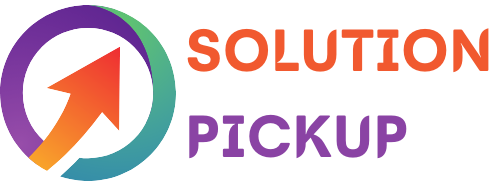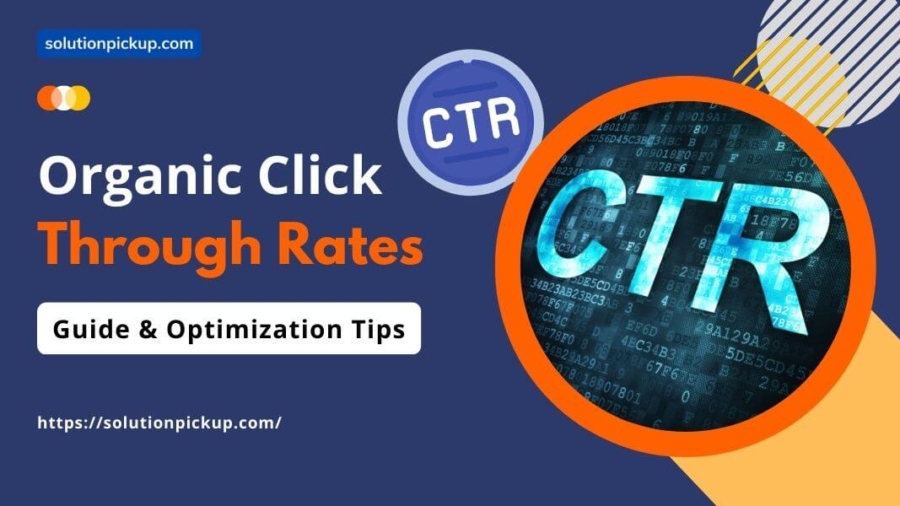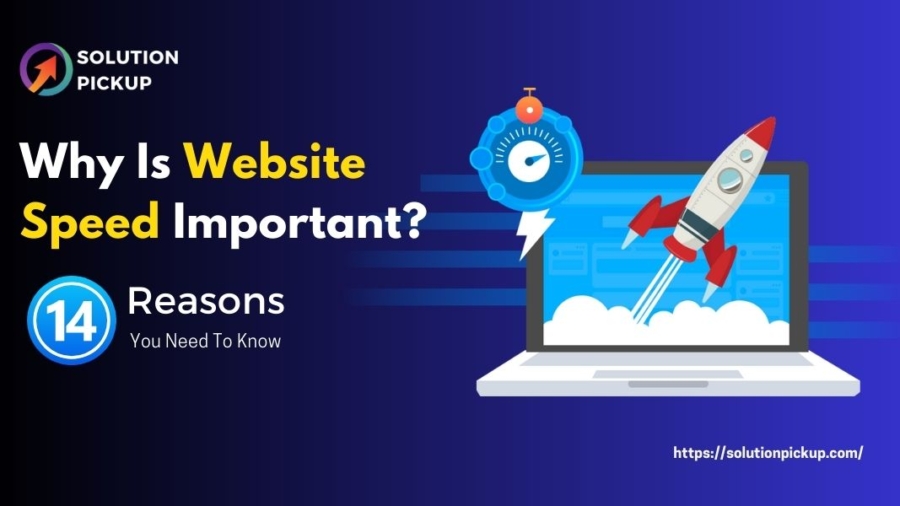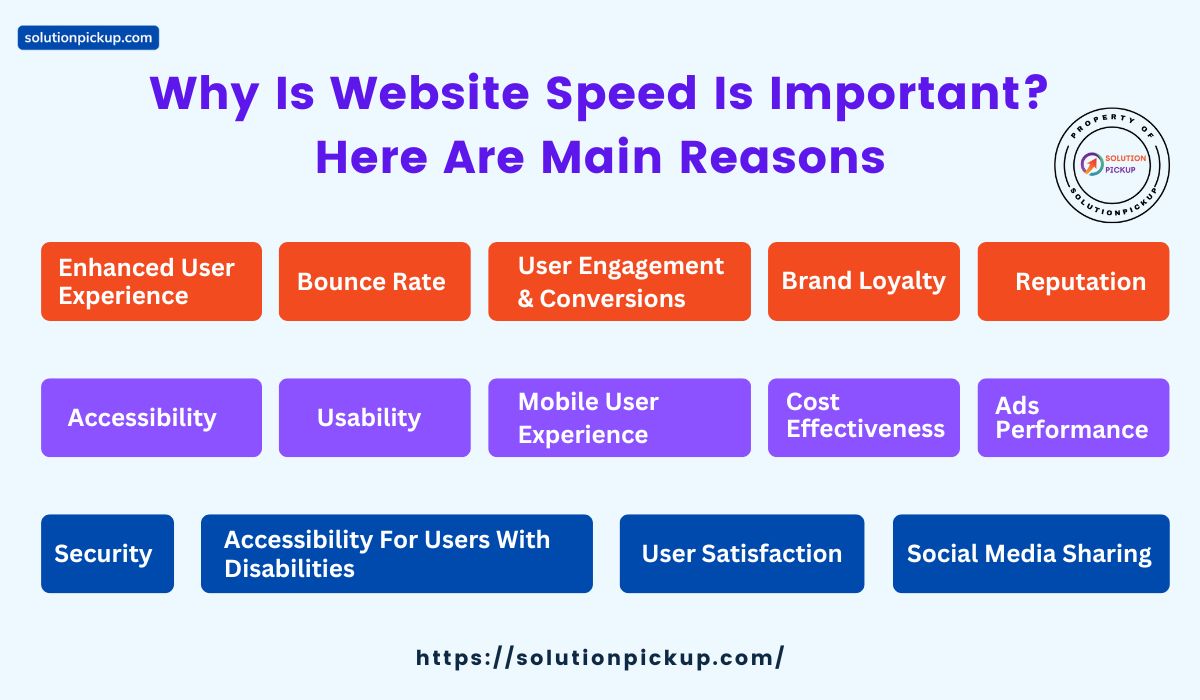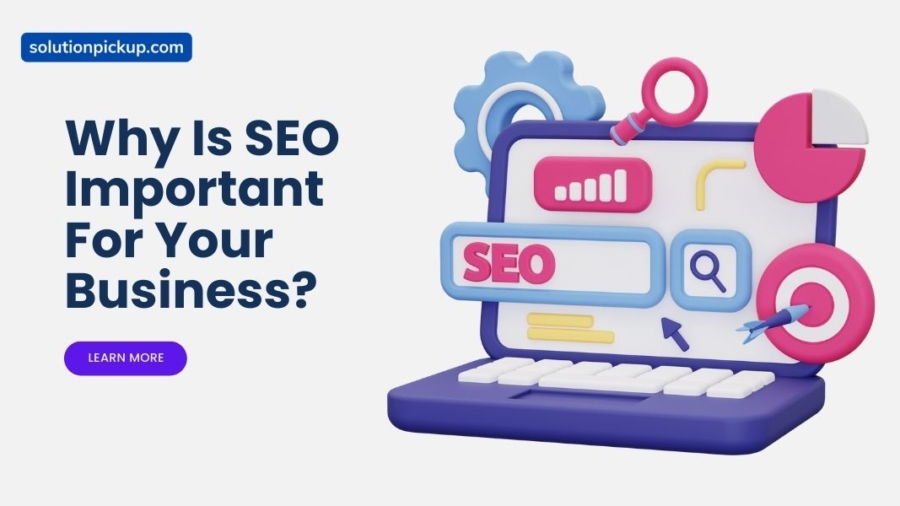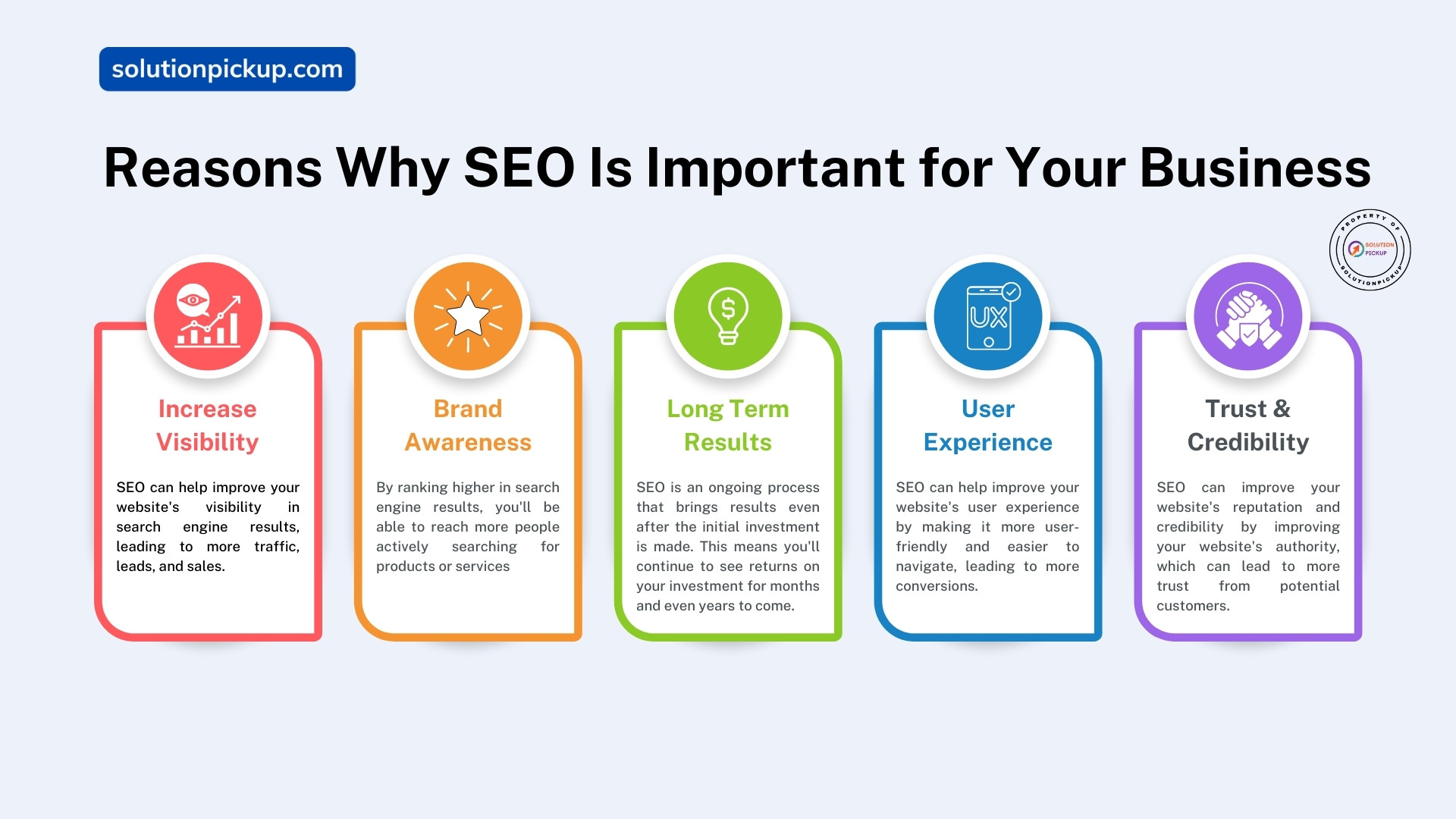Search engine optimization (SEO) experts emphasize the organic clickthrough rate (CTR), which is the percentage of consumers that click on a result after viewing it in the SERPs (SERP). This article will discuss the value of organic clickthrough rate (CTR) in SEO. And it also offers advice on increasing your CTR by adjusting your SERP placement.
What is Organic Click through Rate (CTR) How Its Calculated?
The number of clicks must be divided by the total number of impressions if we are going to comprehend how organic CTR is computed. The relevancy of the result to the user’s search query, the attractiveness of the result’s title, and the description.
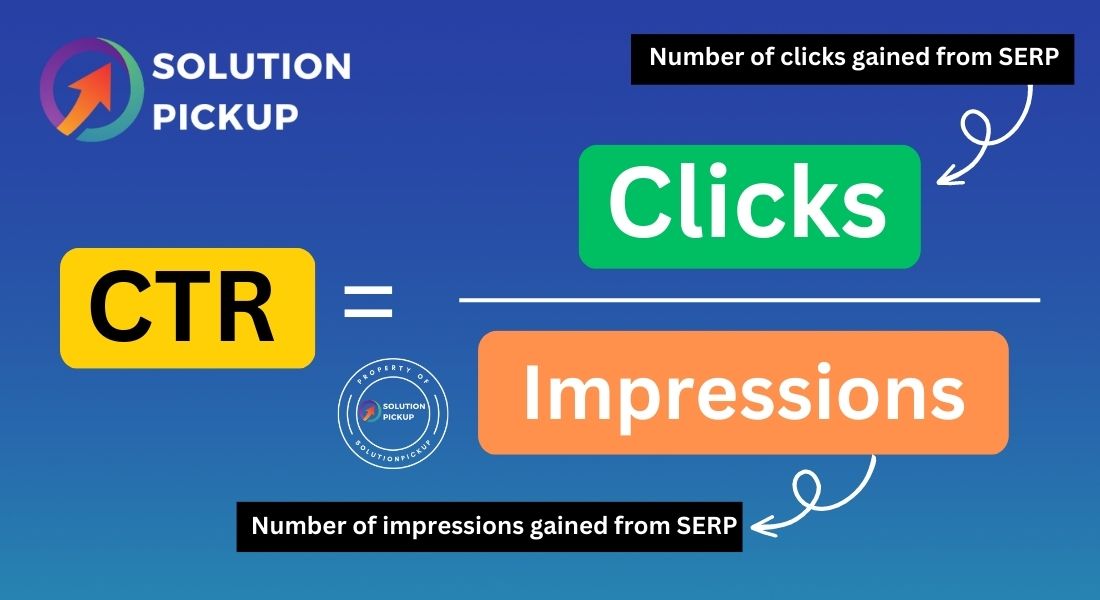
The position of the result in the search engine results page (SERP) is a factor that might influence the (CTR). Users tend to click on the top results more frequently than lower-ranking ones, which makes the position a significant component in organic clickthrough rate (CTR).
How to Optimize Organic CTR:
You need to optimize your rank in the search engine results page (SERP) and generate appealing meta titles and descriptions to boost your organic clickthrough rate (CTR). Researching and targeting the appropriate keywords is essential to enhancing your ranking, as is producing high-quality content that fits the user’s intended purpose for performing a search.
In addition, you should aim to craft meta titles and descriptions that are interesting and detailed and that appropriately reflect the material on your page.
Average Click Through Rates (CTR)
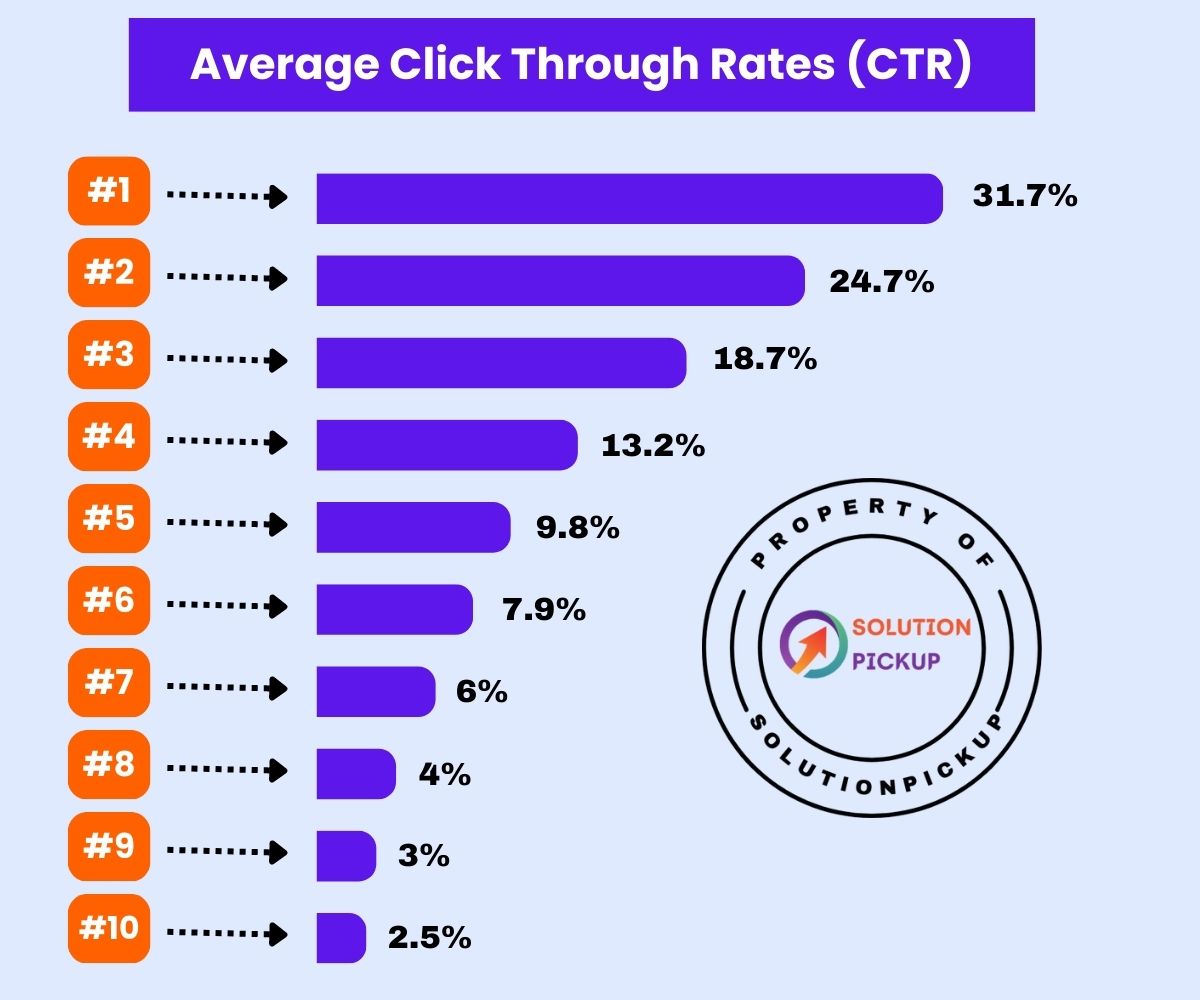
Tools for Measuring and Tracking Organic CTR:
You can measure and keep an eye on your organic click-through rate with the assistance of two different tools: Google Search Console and Google Analytics. You can also track and analyze CTR with tools such as SEMrush and Ahrefs.
Why is organic CTR important in SEO?
The organic clickthrough rate (CTR) is an important aspect of SEO since it can affect a website’s visibility, traffic, and conversion rates. You may bring more visitors to your website and potentially enhance your conversion rates if you work on raising your organic clickthrough rate (CTR).
What are featured snippets & how do they impact organic CTR?
Featured snippets are results that provide a quick overview of the answer to a user’s query and are displayed at the top of the search engine results page (SERP). The clickthrough rate (CTR) can be greatly impacted by highlighted snippets, with the featured snippet ranking highest, receiving up to 8.6% of all clicks.
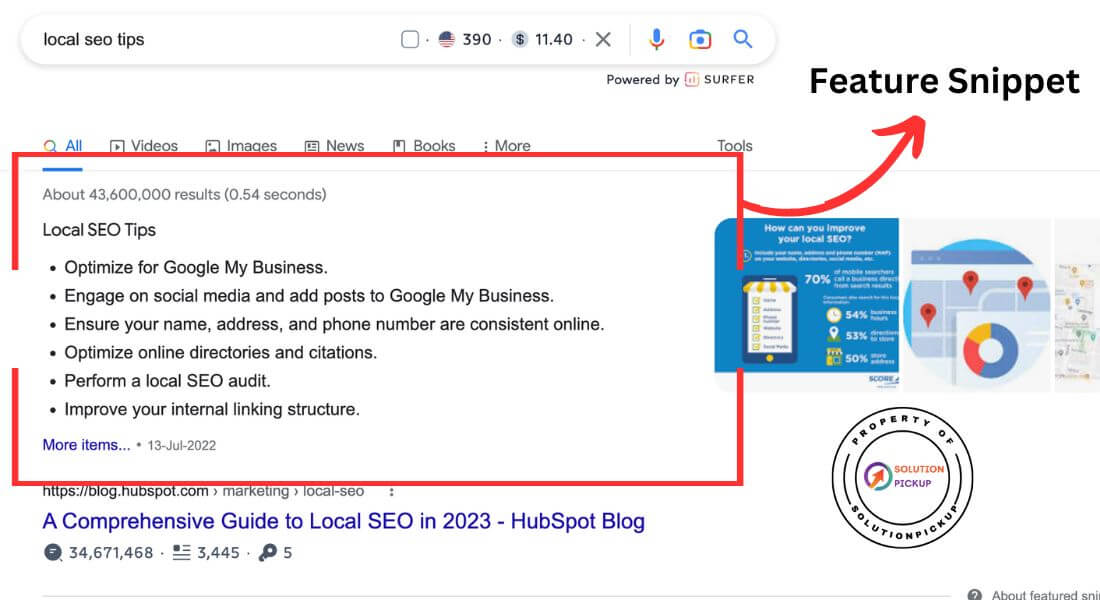
How can I optimize my meta titles and descriptions for better CTR?
It would help if you attempted to produce interesting and descriptive titles and descriptions for your meta titles and descriptions to optimize them for a better CTR. The information on your page should be appropriately reflected in the titles and descriptions you make.
To increase the likelihood of consumers clicking through to your website, use pertinent keywords and include a call-to-action. It is important to avoid choosing names and descriptions that are too general or too ambiguous and do not adequately reflect the content of your website.
How does position impact organic CTR?
The position plays a significant role in organic clickthrough rate (CTR), with the top three search results receiving the vast majority of clicks. Each position’s clickthrough rate (CTR) varies significantly, with the top position receiving up to 30 percent of all clicks and the second place receiving approximately 15 percent of all clicks.
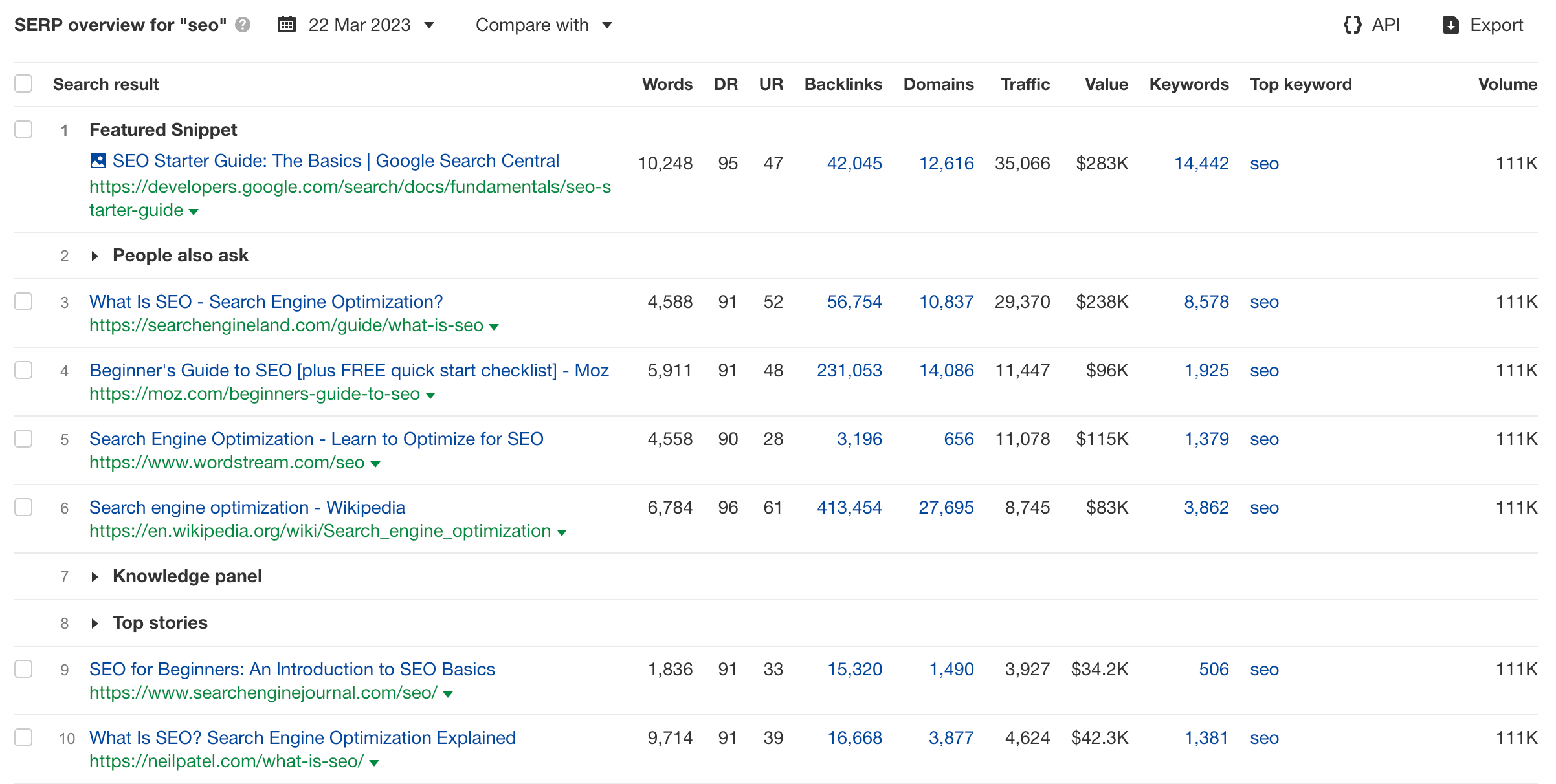
How does local SEO impact organic CTR?
Increasing the prominence of your website in local search results is one way local SEO can affect organic CTR. You may boost the clickthrough rate of users searching for local goods or services by optimizing your website for local search and incorporating local keywords relevant to the search in the titles and descriptions of your meta tags.
Can I improve my organic CTR for lower-ranking positions?
Certainly, it is possible to increase your organic clickthrough rate for lower-ranking spots by developing meta titles and descriptions that are more engaging and descriptive.
In addition, one of your goals should be to provide high-quality content that fits the user’s search intent and incorporates relevant keywords. Increasing the speed of your website and making it more compatible with mobile devices can also improve your clickthrough rate for lower-ranking locations.
Conclusion:
The organic click-through rate (CTR) is an important indicator in SEO that can have an effect on the visibility of your website as well as its traffic and conversion rates.
You can enhance your organic click-through rate (CTR) and attract more visitors to your website. If you optimize your position in the search engine results page (SERP) and create appealing meta titles and descriptions.
In addition, increasing the speed of your website and making it compatible with mobile devices, as well as routine monitoring and analyzing your CTR data, will assist you in locating areas in which you can make improvements and maintain your lead over the other businesses in your industry.
Frequently Asked Questions (FAQs)
What is the organic clickthrough rate?
CTR, or organic clickthrough rate, is a metric used in search engine optimization (SEO) to measure how many people click on a search result on the search engine results page (SERP).
How is organic CTR calculated?
The organic clickthrough rate (CTR) is determined by dividing the total number of clicks on a search result by the total number of impressions or times the result was displayed on the search engine results page (SERP).
Can these CTR averages be the same for my website?
These CTR averages are not based on a single study; they are derived from several research and can change depending on several factors, including the search query, the industry, and the region. It is essential to keep a close eye on the specific CTR data for your website to locate areas in which improvements can be made.
How can I monitor and analyze my organic CTR data?
Using Google Search Console and Google Analytics, you can keep track of and research your organic clickthrough rate statistics. In Google Search Console, you can monitor the clickthrough rate that your website receives for each search query. On the other hand, in Google Analytics, you can track the organic traffic your website receives and your users’ behavior. Third-party tools like SEMrush and Ahrefs also offer CTR tracking and analysis functionality.
